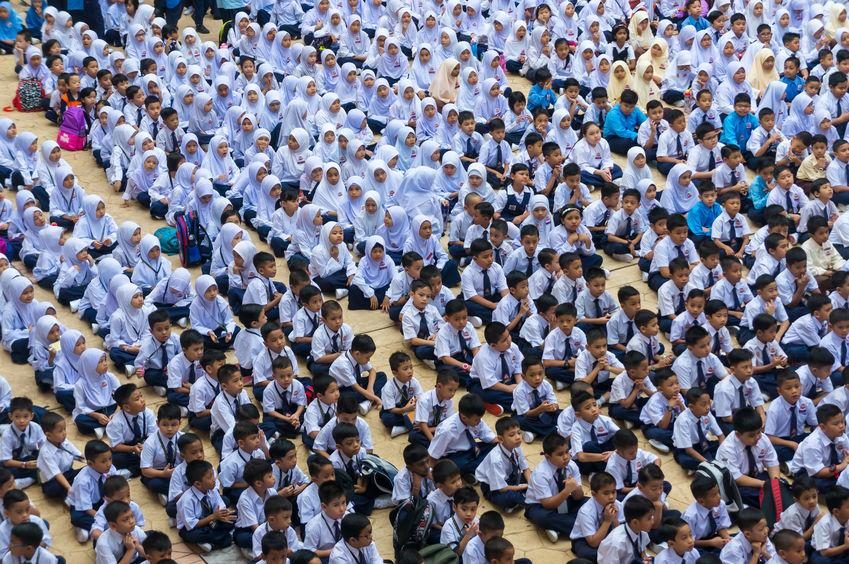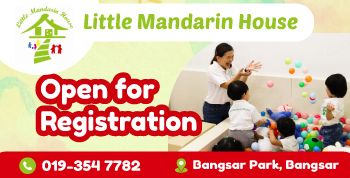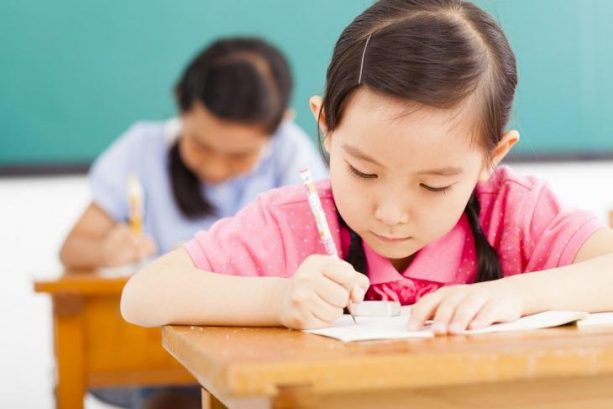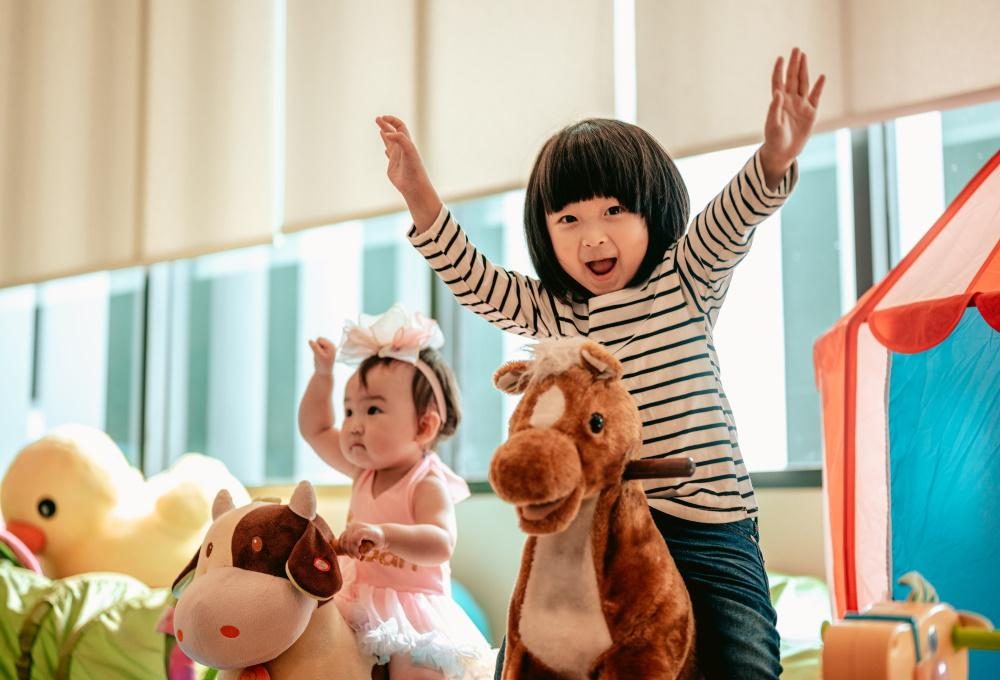Types Of Primary School Education In Malaysia: Things To Consider When Choosing One
by on 03/02/2023 ...

School-Age
As your child enters into school-age, s/he becomes more and more interested in exploring the world around him/her. Their understanding of concepts and what they’ve learnt thus far in preschool continues to grow. “It seems like it was just yesterday when you were a baby,” you remembered. Next, you find yourself wondering what type of primary school should you pick for your child. Not just any primary school; but one that works best for your child’s personality, strengths, needs and interests.
School selection can be daunting. And every parent wants the best for their child. Choosing where your child goes to school can be as difficult if not harder than choosing her/his first kindergarten. It’s therefore normal to feel overly anxious about getting this decision right. The following is an overview of choices to help you choose the right primary education for your child.
Public Primary Schools
Presently, there are five stages of formal education in Malaysia; Pre-School, Primary School, Secondary School, Pre-Graduate and Higher Education. Public primary schools in Malaysia are divided into two categories; National School and National-Type School (Vernacular schools), also known as Sekolah Rendah Jenis Kebangsaan (SRJK). The former is a Malay-medium school that uses Malay language as the primary language of instruction, whereas the latter uses either Chinese or Tamil.
National schools are wholly funded and operated by the government. Vernacular schools are government-aided schools. However, some vernacular schools are owned wholly by the government. Primary education in either type of school customarily lasts for six years. Children begin primary education at the tender age of 7 (Standard 1) until 12 (Standard 6) years old. In Year 6, they no longer sit for the Ujian Pencapaian Sekolah Rendah (Primary School Evaluation Test) or UPSR. Instead, Year Six students will be evaluated based on a series of school-based assessments. Core subjects taught at both types of school are more or less the same.
Standard 1 – 3 (7 – 9 years old) |
Standard 4 – 6 (10 – 12 years old) |
|
Core Subjects |
|
|
Malay |
Malay |
|
English |
English |
|
Chinese (Chinese national-type schools/SRJK) |
Chinese (Chinese national-type schools/SRJK) |
|
Tamil (Tamil national-type schools/SRJK) |
Tamil (Tamil national-type schools/SRJK) |
|
Mathematics |
Mathematics |
|
Science |
Science |
|
Islamic Education |
Local Studies |
|
Moral Education |
Islamic Education |
|
Moral Education |
|
|
Civics and Citizenship Education |
|
|
Compulsory Subjects |
|
|
Physical Education |
Physical Education |
|
Health Education |
Health Education |
|
Visual Arts Education |
Living Skills |
|
Music Education |
Visual Arts Education |
|
Music Education |
|
|
Additional Subjects |
|
|
Communicative Chinese Language |
Communicative Chinese Language |
|
Communicative Tamil Language |
Communicative Tamil Language |
|
Communicative Arabic Language |
Communicative Arabic Language< |
|
Iban Language (form year 3) |
Iban Language |
|
Semai Language (from year 3) |
Kadazandusun Language |
|
Semai Language |
|
Tamil and Chinese languages are used respectively to teach most of the core subjects at vernacular schools. Additional subjects vary from one public/vernacular school to another. For Malay-Muslims, there are also government funded Islamic schools to consider. These schools are known as Sekolah Rendah Agama. The following are additional subjects taught at Islamic schools:
- Tauhid
- Feqah
- Akhlak
- Tilawah
- Bahasa Arab
- Tajwid
- Sirah
- Hafazan
- Jawi & Imlak
- Khat
- Hadis & Tafsir
- Nahu & Soraf
Registration for most of the public primary schools is to be completed through an online portal at Sistem Pendaftaran Atas Talian (SPAT) KPM. Online registration is required for all states in Malaysia with the exception of Sabah, Sarawak and the Federal Territory of Labuan. Application for these three states is to be completed manually through schools.
Private Institutions
Private institutions are private schools, home-schools and learning centres. As required by the Education Act 1996, all private institutions are required to adopt the National Curriculum (KSSR) for its both primary and secondary education.
Private schools are not government-funded schools. All private schools, however, are registered under the Ministry of Education. Classes are often smaller; equipped with more facilities that are far more extensive and advanced than that of public schools.
Home schools, on the other hand, may adopt various international syllabuses but the government curriculum. They have the liberty to determine what syllabus to teach. The curriculum can be American, British, Australian, or Canadian. Presently, there are three types of homeschooling settings in Malaysia, namely;
-
Parents are the teachers
-
Families and like-minded parents are the teachers
-
Learning centres
Learning centres, for lack of a better word, are the enhanced version of homeschooling. Teaching and learning at learning centres are typically far more structured and interactive than that of homeschooling. Class sizes are often smaller and thus more attention is given to the students. The fees are arguably cheaper than full-fledged private or international schools. Curriculums and co-curricular activities vary from one learning centre to another. There are also private Islamic schools to consider. There are approximately 900 new private Islamic schools in Malaysia.
International Schools
International school is a private school offering an international curriculum for preschool, primary and secondary school education. The curriculum can be American, British, Australian, or Canadian. The medium of instruction is often English. International schools initially cater for children of expatriates. Ever since the removal of the restriction on international education for Malaysian students, more and more Malaysian parents have since opted to send their children to international schools.
Diverse extra-curricular activities, superior amenities and curriculums, well-equipped science and computer laboratories, libraries, swimming pools and smaller classes are some of the many attractions of what international schools have to offer. International schools, however, are not cheap. A survey completed by ExpatFinder International School Fee Survey 2016 asserted that Malaysia is the 8th most expensive country for international education.
What To Consider
Remember that schooling isn’t merely all about obtaining the best grades. Academic excellence isn’t one and the only reason why children are sent to schools. Children not only learn about academic subjects, but they also learn how to secure and maintain relationships with their teachers and friends in schools.
Taking this into account, one research published by International Studies in Sociology of Education, for instance, postulated that relationships our children build throughout their schooling years are but the most important aspect of school life; one that will ultimately help them form positive school values. Every school has a different feel; abiding by different cultures, philosophies and values that may or may not fit with your family values and family life.
Here are some things you could think about when deciding a school for your child:
a) Personal values & preferences
- Do you want your child to attend public or private school?
- Do you want your child to attend boarding school or day school?
- Having considered a school or two, now think about their facilities and subject choices
- Do you want your child to receive a full-fledged religious education?
- Does the culture of the school and its teaching philosophies go in tandem with your family’s values?
- When making a visit, the first question you should ask yourself is, would your child be happy and feel welcome here?
- What school does your child want to go to?
b) Practical & financial considerations
- Location of the school. Is it far or near to your home/office. Take into account how many tolls en route to the school.
- Get to know where and which primary school most of your child’s friends go to.
- If you have other children, would you prefer all of your children to go to the same school?
- Are their fees affordable? (private & international school)
- Check if the school offers scholarship programs (private & international school)
c) Facilities, performance & communication
- What facilities does the school have (i.e. library, halls, football field, badminton courts, swimming pools etc.)
- What about the school’s academic performance and achievement.
- Does the school proactively support students’ participation in extracurricular sports and non-sports activities?
- Does the school support children with special needs?
- Ask other parents about what do they think about the school.
Conclusion
Reread all these considerations above and make a decision based on what’s important to you and your child. If your choice of primary education is strictly private or international, know that most of these schools discuss their fees, approaches, visions and philosophies in their prospectus or handbook. You might also find this information on the school website. Study them. Also, do chat with your children, ask them what do they think about the school. If you or your child just aren’t feeling it, the school is probably a dud.
For a comprehensive list of primary schools, click here.



































